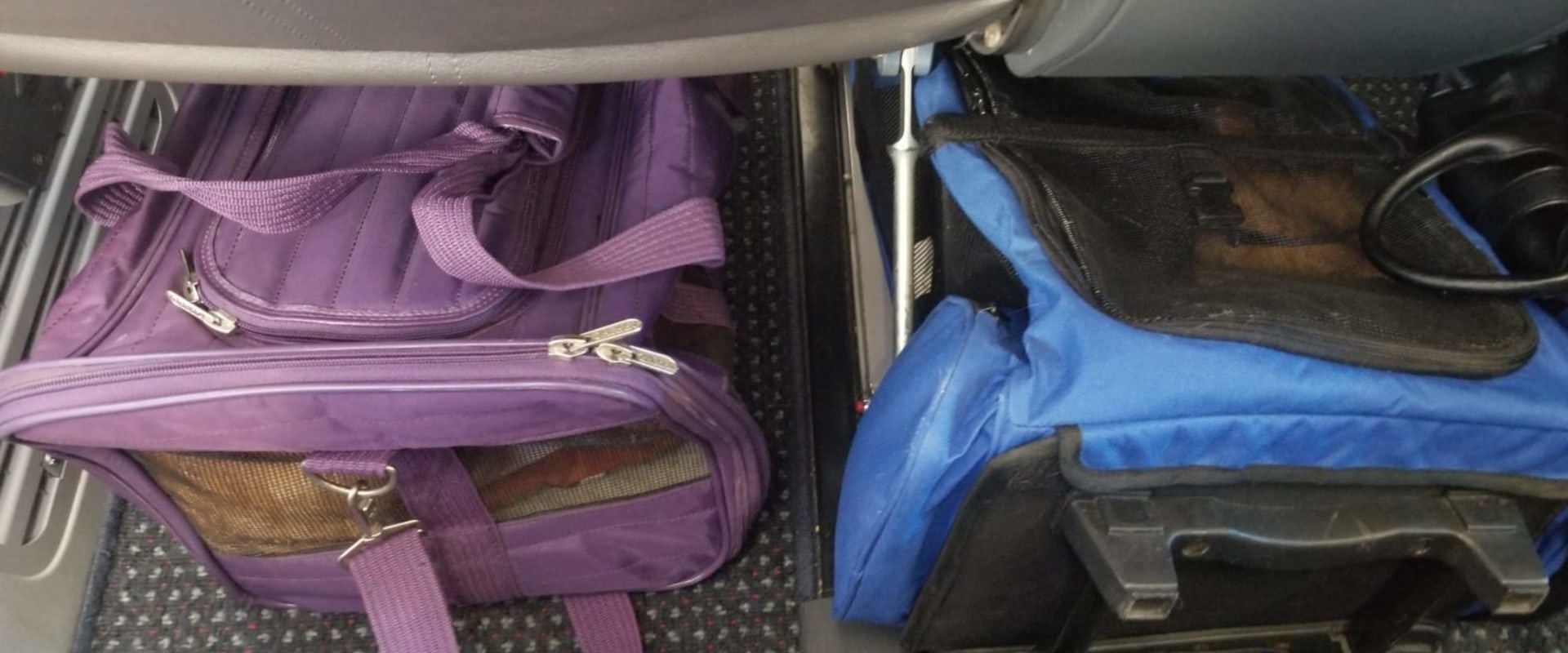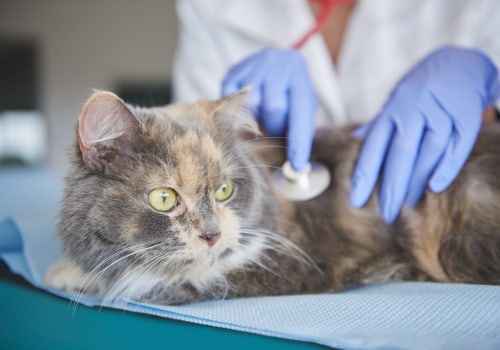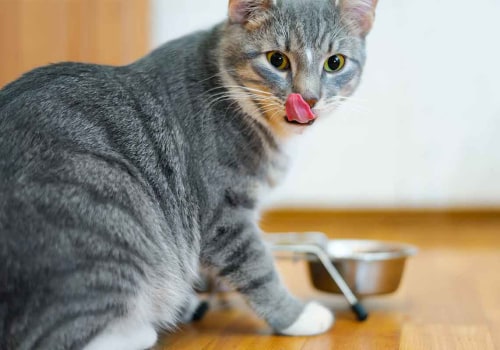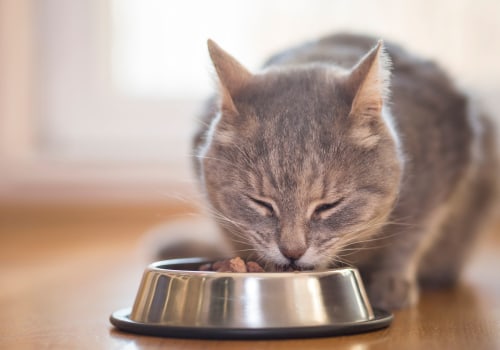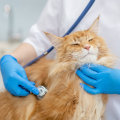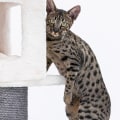Traveling with your beloved feline can be a stressful experience, but with the right preparation and tips, you can make it a smooth and enjoyable journey for both you and your cat. Whether you’re taking a road trip or flying, it’s important to make sure your cat is comfortable and safe during the journey. From preparing the right carrier to making sure the cabin is pet-friendly, this article will cover all the essential tips for traveling with cats on a plane. So buckle up and let’s get ready for takeoff!Traveling with your cat can be an intimidating prospect, but it doesn't have to be.
With the right preparation and a few helpful tips, you can make your next flight with your furry friend stress-free and enjoyable. The first step in traveling with cats on a plane is getting your cat used to their carrier in advance. This helps them become comfortable and less anxious while in the carrier. You can do this by placing the carrier in a room that your cat frequents, such as the bedroom or living room.
Place a blanket or towel inside the carrier and set treats and toys around it. This will help your cat become more familiar with the carrier and associate it with positive feelings. When choosing a carrier for air travel, it's important to pick one that meets airline requirements and also provides your cat with enough room to move around. Hard carriers are often preferred by airlines as they provide more protection for your cat.
However, there are also soft-sided carriers available which are more lightweight and comfortable for your cat. If possible, you should try to bring a carrier that is large enough for your cat to stand up, turn around, and lie down in comfortably.
Before boarding the plane
, you will likely need to have a health certificate and other documents proving that your cat is up to date on all vaccinations. In some cases, you may also need to obtain an animal export permit from the country of origin or destination.Additionally, many airlines charge extra fees for pet travel, so make sure to find out what fees will apply before booking your flight. Once your cat is in the carrier and you're ready for takeoff, there are a few things you can do to keep them calm during the flight. You should give them treats, toys, or distractions during take-off and landing as these are often the most stressful parts of the flight for cats. Additionally, covering their carrier with a blanket or towel can help reduce noise levels and help keep them calm.
Playing calming music may also help reduce stress levels. It's important to be prepared for any potential problems that may arise during the flight. If your cat becomes ill or anxious during the flight, it's best to move them away from other passengers and provide them with quiet comfort and reassurance until they are feeling better. Additionally, make sure to bring along any necessary medications or other supplies in case of emergency.
Finally, when you arrive at your destination it's important to take some time to let your cat adjust to their new environment. Give them time to explore their surroundings and get used to any new sounds or smells. You should also make sure that they have plenty of food and water available as well as a litter box if needed. By following these tips, you can ensure that your next flight with your cat is stress-free and enjoyable.
When You Arrive at Your Destination
When you arrive at your destination, the first thing you should do is make sure your cat is comfortable.Give them a few minutes to explore their new surroundings and get used to the new smells. If your cat is not used to traveling, it may take them a bit of time to adjust. You should also give them a safe place to relax, such as a quiet room away from kids and other animals. Make sure you have plenty of their favorite toys, treats, and bedding to make them feel at home. Additionally, you can provide a litter box so they can relieve themselves in a familiar environment. Finally, you should introduce them to any other pets that might be living in the home.
Make sure you give them plenty of space and time to get used to each other before leaving them alone together.
Keeping Your Cat Calm
Traveling with cats can be stressful, so it is important to do whatever you can to keep your furry friend as calm as possible. One of the best ways to help your cat stay relaxed during a flight is to cover the carrier with a blanket. This will provide them with a sense of security and help to reduce their anxiety. Additionally, playing calming music such as classical or jazz has been known to help cats stay relaxed in stressful situations.You can also try giving them treats and petting them in the carrier to help them remain calm during the flight.
Choosing the Right Carrier
Choosing the right carrier is one of the most important steps in ensuring a stress-free and enjoyable experience when traveling with your cat by air. The right carrier should be comfortable for your pet, provide them with enough space to move around, and be secure enough to ensure their safety. When considering different carriers, it is important to weigh the pros and cons between hard-sided and soft-sided models. Hard-sided carriers are generally more secure than soft-sided models, as they provide a stronger level of protection from outside elements.They are also typically easier to clean and more durable than their soft-sided counterparts. On the other hand, soft-sided carriers tend to be lighter in weight, more comfortable for your cat, and can often be more easily stored when not in use. Whatever type of carrier you choose, make sure it meets airline regulations and has enough ventilation for your pet. It is also important to measure your cat before selecting a carrier, as there should be enough room for them to move around freely during the flight.
Additional Costs
When traveling with a cat on a plane, it is important to consider any additional costs that may be associated with flying with a pet.Most airlines require a pet fee, which can range from around $100 to several hundred dollars depending on the airline. Additionally, you may be required to pay extra for your pet to be included in your baggage allowance, usually around $50 per flight. It is also important to consider the cost of the carrier for your cat. Depending on the size of your cat, there are a wide variety of carriers available, ranging from small carriers designed for cats to larger carriers suitable for bigger cats. Prices can vary widely so it is important to shop around and find the best option for your cat. Finally, it is important to remember that there may be additional costs associated with transporting your cat on a plane.
Some airlines require that cats be sedated during their flight, and this can add an additional cost to the overall expense of traveling with your pet. Additionally, some airlines may require additional paperwork or health certificates, which may incur additional fees.
Preparing for the Flight
When it comes to preparing your cat for the flight itself, there are a few things you can do to ensure your furry friend is comfortable and relaxed during take-off and landing. Treats are a great way to distract your cat and can help to reduce anxiety. If your cat likes food, try bringing along its favorite treats or snacks.Alternatively, you can also bring along a toy or blanket that your cat is familiar with. If you do choose to bring along toys or blankets, make sure to stick with items that are lightweight and easy to store during the flight. You should also avoid giving your cat any sedatives or anti-anxiety medications before the flight. While these might seem like an easy solution, they can have dangerous side effects and could put your cat at risk. Finally, make sure that your cat has a comfortable place to sleep during the flight. If you are traveling with a large cat carrier, you may want to consider placing a blanket or cushion inside it for added comfort.
If you are traveling with a smaller carrier, some airlines allow cats to remain in their carriers throughout the flight.
If Your Cat Gets Sick or Anxious
Traveling can be stressful and overwhelming for cats, and it’s important to be prepared in case your pet gets sick or anxious during the flight. If your cat gets sick, it’s important to take them to the vet as soon as possible. Be sure to bring a copy of their medical records as well as any medications they may be taking. If your cat is feeling anxious, there are a few things you can do to make them feel more comfortable, such as providing them with a familiar toy or blanket, or giving them treats to help calm them down.Additionally, try to keep the carrier in a quiet area of the plane and avoid loud noises or movements. It’s also important to be aware of the signs of stress or anxiety in cats. Symptoms can include panting, drooling, excessive meowing, hiding, or shaking. If you notice any of these signs, be sure to contact the flight attendant and let them know so they can help provide comfort for your pet.
Required Documents
When it comes to traveling with cats on a plane, there are certain documents that you will need to have in order to ensure a smooth and stress-free journey.Depending on the airline, these may include a health certificate, proof of vaccinations, and other forms. It is important to check with the airline in advance and make sure that you have all the required documents for your cat before the flight. A health certificate is typically required for any pet flying on a plane. This document must be provided by your veterinarian and usually must be dated within 10 days of the flight. The health certificate should state that your cat is free from any contagious diseases and is fit to fly.
Additionally, it should include the cat's name, breed, age, and microchip number. Proof of vaccinations is also often required by airlines when traveling with cats. Generally, this includes vaccinations against rabies and distemper. Some airlines may also require cats to be vaccinated against feline leukemia or other diseases. Be sure to check the airline's requirements before booking your flight. In addition to the above documents, some airlines may also require additional forms or paperwork.
These can include an animal import/export form, a veterinary health declaration form, or other documentation. Again, it is important to check with the airline before your flight to ensure that you have all the necessary paperwork for your cat. By taking the time to prepare and make sure you have all the required documents for your cat's flight, you can make your journey much smoother and less stressful. With the right preparation, traveling with cats on a plane doesn't have to be intimidating. Traveling with a cat by plane can be a rewarding experience if you prepare in advance. It is important to choose the right carrier, bring all the necessary documents, and be aware of additional costs.
Before your flight, ensure that your cat is comfortable and calm, and take steps to avoid any medical issues or anxiety. With the right preparation, you can make your trip stress-free and enjoyable for both you and your furry friend. Remember, traveling with a pet can be a stressful experience, but it doesn’t have to be. By following the tips provided in this article, you can make your air travel with a cat safe, fun, and memorable.
